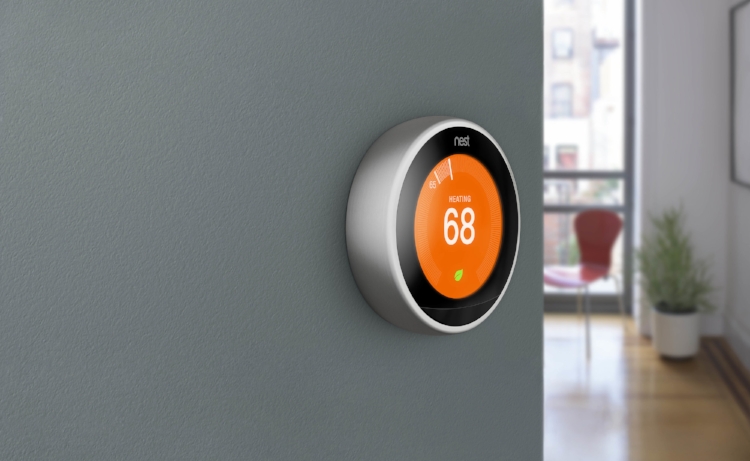I have just returned from the Greenbuild conference in Los Angeles where one of the recurrent themes – in both the education sessions and on the Expo floor – was the Internet of Things (IoT). IoT refers to the embedded connectivity of everyday objects, which allows them to collect data and communicate with other networked objects. Within the built environment, IoT is being used to improve commercial tenant experiences and enhance building operations, while in the residential market IoT enabled products are already making a difference in our busy lives. Here are a few examples:
The Edge, Amsterdam
1. Lighting
For commercial offices and residential projects alike, connected lighting presents one of the greatest opportunities for energy savings and productivity enhancement. According to Tech Crunch, “A trifecta of qualities — ubiquity, network connectivity and access to power — make intelligent lights a perfect platform on which the promise of the Internet of Things can start to come to life.” Indeed, sensors and smart lighting controls already make it possible for lights to respond to individual user preferences for color temperature and brightness, while also facilitating energy efficiency through daylight harvesting and occupancy sensing.
And the smart lighting market is developing as a platform for enhancing additional functions such as building automation and smart logistics. Amsterdam’s The Edge, one of the world’s most advanced “smart buildings,” uses smart lighting by Philips, which includes sensors that track and analyze motion, light levels, humidity and temperature to tailor work spaces to individuals as they move around the building.
Tork EasyCube Intelligent Restroom System
2. Janitorial Services
Imagine you are a janitorial services manager running a large facility like a sports arena. How do you know when a towel dispenser needs to be refilled? Your cleaning staff could “make the rounds” and visually inspect the dispensers. Or, you could turn to the Internet of Things. I was introduced to the Tork EasyCube Intelligent Restroom System at Greenbuild. Sensors in Tork EasyCube towel, soap and toilet paper dispensers measure their fill levels and allow maintenance staff to access the data via a web app. With better data at their fingertips, facility managers can improve service to guests and tenants and improve their inventory management.
Nest Learning Thermostat
3. Heating and Cooling
On vacation and realizing that you forgot to turn down the heat in your unoccupied home? No problem! Smart thermostats abound, and their feature sets keep expanding. Whether you choose the Ecobee, Nest Learning Thermostat, Sensi or another brand, you’ll be able to control the heating and cooling of your home though a mobile app on your phone. Several are also compatible with Apple’s Home Kit and Amazon Echo.
Ring Video Doorbell
4. Doorbells and Locks
For less than $200, the Ring video doorbell not only rings your phone when a visitor comes to your door, but it also monitors motion and sends alerts when it detects activity on your property. And Ring doesn’t require any hardwiring, so adding it to your home is as easy as connecting it to your home network. If you’re not at home but want to grant access to a visitor, you can now open your garage (check out LiftMaster’s MyQ opener technology) or unlock your doors (all of the major lock companies have products for this market - check our Kwikset, Schlage and Yale’s products).
From smart cars to home appliances to medical devices to commercial building automation systems, IoT enabled products abound and the market is growing exponentially. Check back for a future post about how information security and enterprise risk management functions need to evolve to protect individuals and businesses against threats and vulnerabilities that accompany the growing phenomenon of the Internet of Things.



